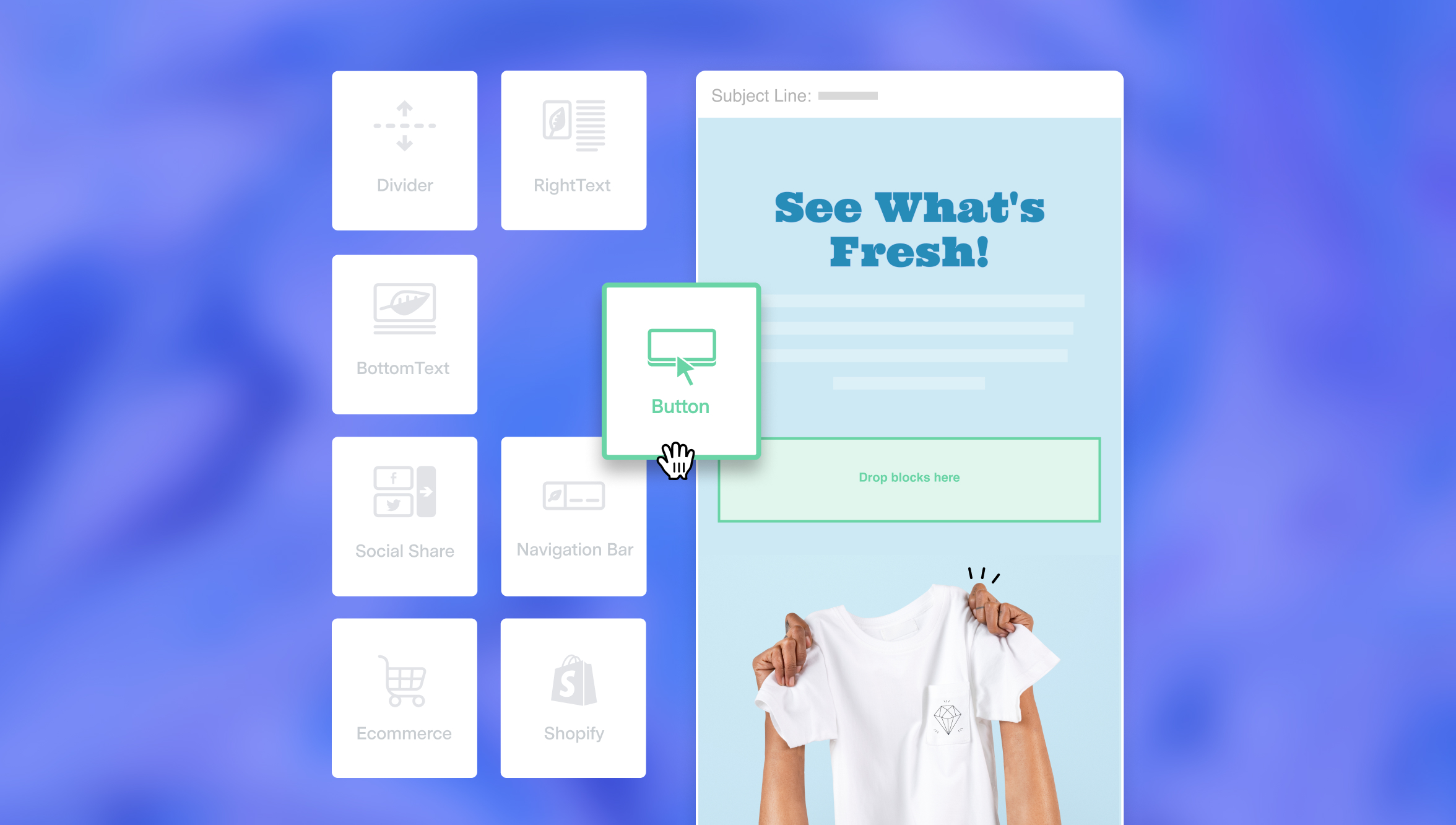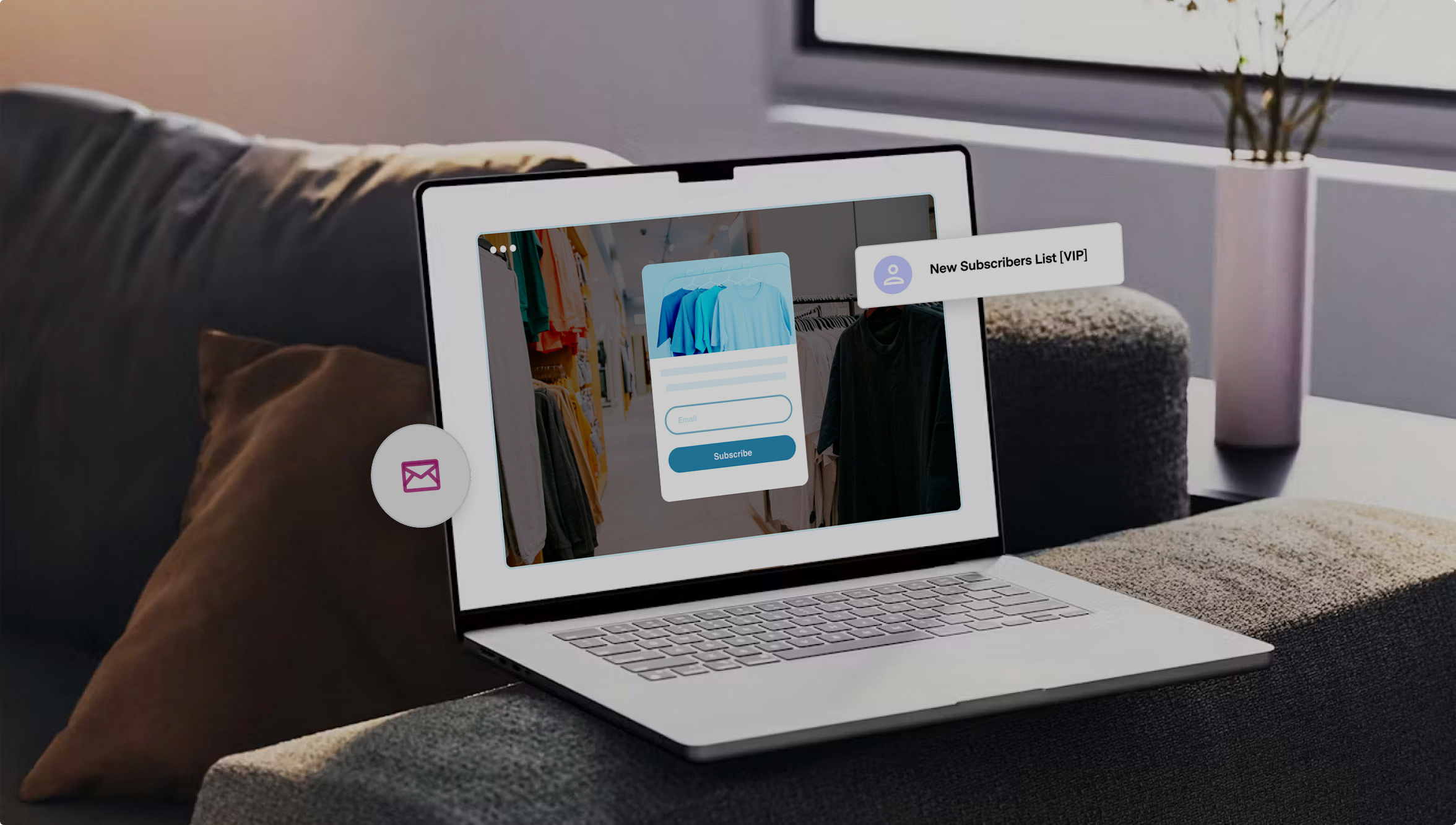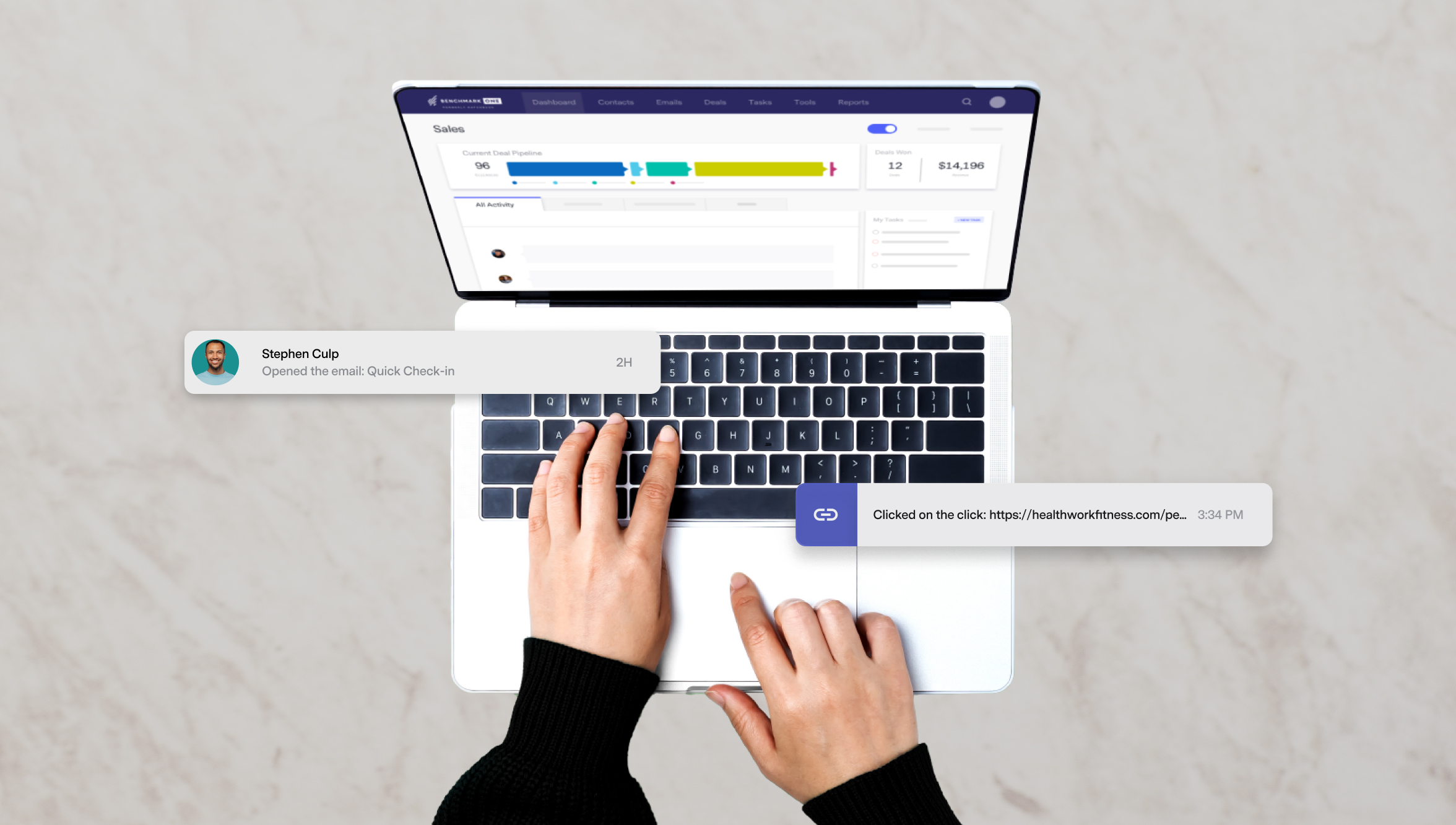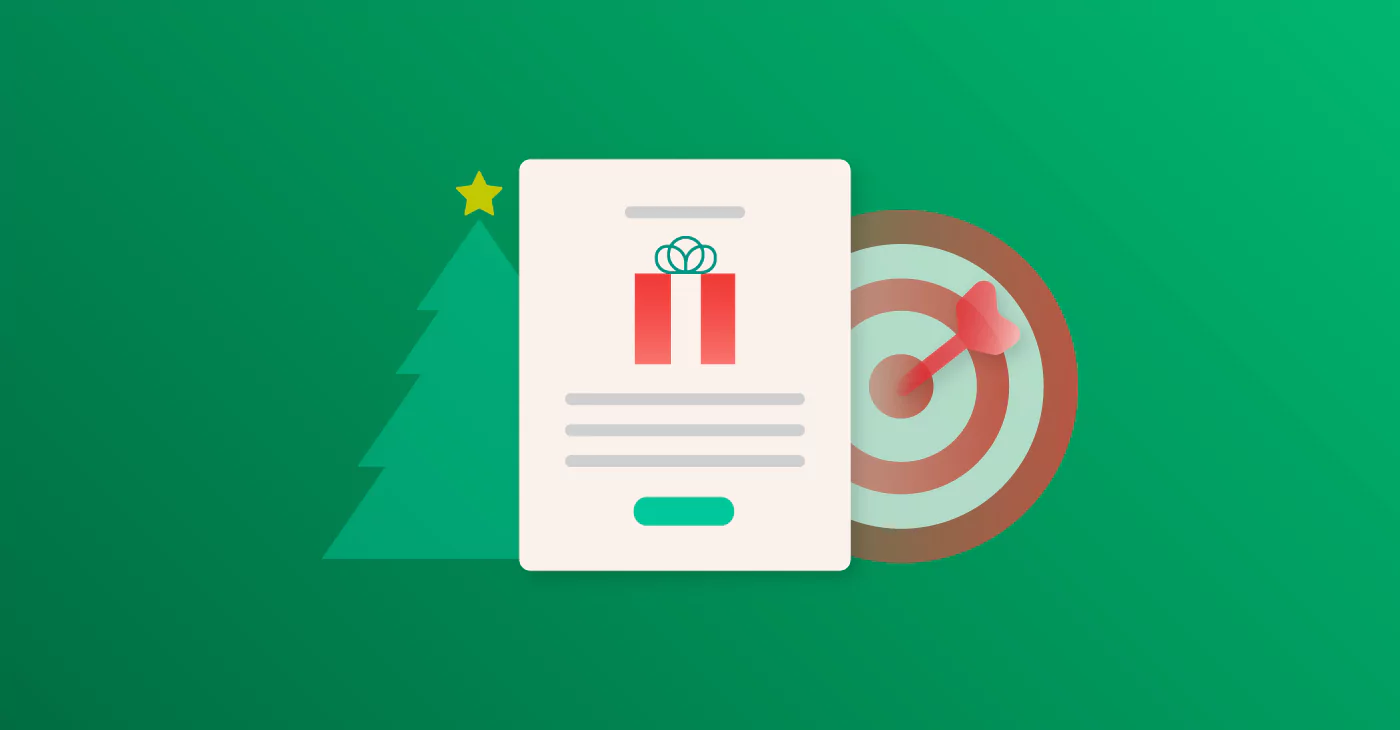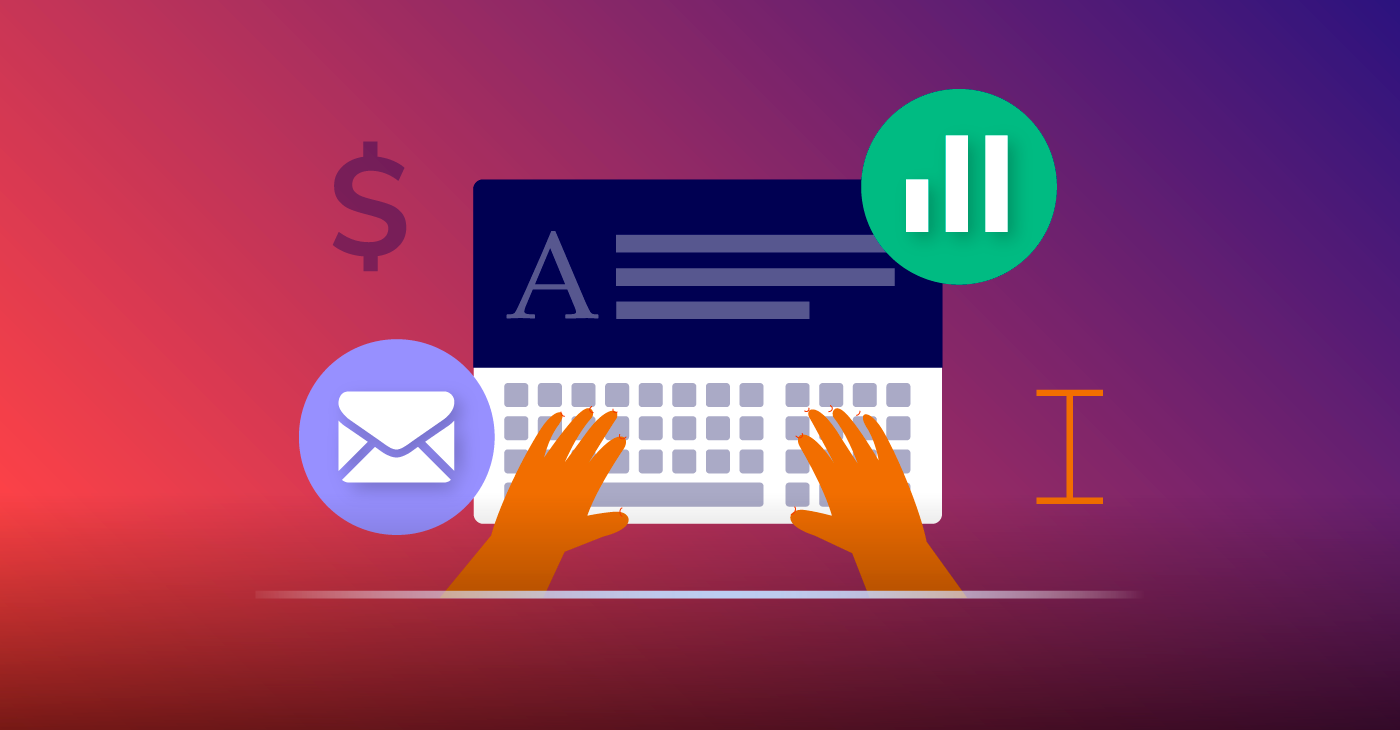
Most people receive a lot of emails every day.
Sifting through what’s relevant and what’s not is a big job that, for obvious reasons, has been dialed back into a rote process: Do I know this sender? Did I ask for this? No? Click delete and move on.
This method works great for culling our own personal inboxes, but when you’re trying to reach — and convert — a prospect, you don’t want to risk going straight to the trash folder.
Herein lies the beauty of permission-based selling. By getting permission first, you increase your chances of not only getting eyes on your message but of getting a positive and productive response. And this same rule of thumb applies to other modes of outreach, too, including phone calls and in-person drop-ins.
You’re probably familiar with permission-based email marketing, but what about permission-based selling? Here’s what to know, including what makes it so effective.
What is Permission-Based Selling?
Permission-based selling is a sales strategy that revolves around getting direct permission from a lead for outreach before engaging via phone, email, or other sales-driven mediums.
The principles behind this tactic are similar to those behind opt-in email marketing, with the idea being that a lead who gives their express permission to hear from you is more likely to be interested in what you have to say — and what you have to sell.
At least 50% of your prospects aren’t a good fit for what you sell, and among those who are, many don’t take well to intrusive sales techniques. Since your job is to close the deal, though, you need to find as many workarounds as possible for identifying qualified leads and turning them into customers. Permission-based selling isn’t the only way to do it, but it is one of the most effective.
The Benefits of Permission-Based Selling
So how can something as simple as asking for permission before reaching out make a difference in your ability to hit your quota? It comes down to a few simple benefits, all of which help to increase the likelihood of a sale.
1. Ensures Your Leads are Qualified
Permission-based selling is one of the best ways to separate the qualified leads from the not-so-qualified leads. Once someone has voluntarily given you the go-ahead to send them more information, they’re expressing a heightened degree of interest in your product or service, as well as a willingness to engage more deeply.
2. Makes You Seem Less Pushy
Let’s face it, there’s a certain icky feeling to reaching out to prospects when you’re not welcome to do so (telemarketers, anyone?). By asking permission first, you remove the ick factor and make it so that someone is actually expecting your call or email — and is, therefore, more likely to welcome it.
3. Builds Trust in Your Brand
You can’t fake your way to trustworthiness. Permission-based selling helps convey to your prospects that you respect their time and their privacy, which is a concrete way to establish more integrity and start your relationship off on the right foot.
4. Adds Legitimacy to Your Pitch
Presumably, nobody is giving you permission to pitch to them without having already decided that your company is worthy of their interest. This adds a base level of legitimacy to both your brand and what you’re selling, which is essential for a successful sale.
How to Ask Permission
Permission-based selling can happen in a few different ways. Sometimes it’s direct, such as sending a message on LinkedIn asking a prospect if they’d be willing to schedule a time to connect and talk about what your product or service can do for them. Other times, it may be through a more indirect but still viable method, such as having a customer opt-in to a pitch in exchange for a certain incentive.
Another great permission-based tactic is to have prompts on your website, social media accounts, or in your email signature. These prompts can simply be buttons that ask people if they’d like you to reach out to them with more information. Or, it can be a button that helps them set up a demo of your product with a sales representative.
Think of permission-based selling as a form of engagement in and of itself. Unlike cold outreach, it sets the stage for more productive relationships and ensures that you only pitch to prospects who have a baseline interest in your product or service. Just be careful not to make the act of asking permission too salesy in itself. Save the good stuff for when you actually have a prospect’s attention, and have faith in the idea that a qualified lead is a lead who is truly worth your time.
Hot tip: don’t load up on the “asks” when requesting permission. A simple “can I send you an email with more information?” is probably going to get a better response than “can I send you an email and get a follow-up call on the books?”. Remember: the goal is to decrease the sense of pushiness that can come with sales pitches and to build engagement on mutual interest and respect.
